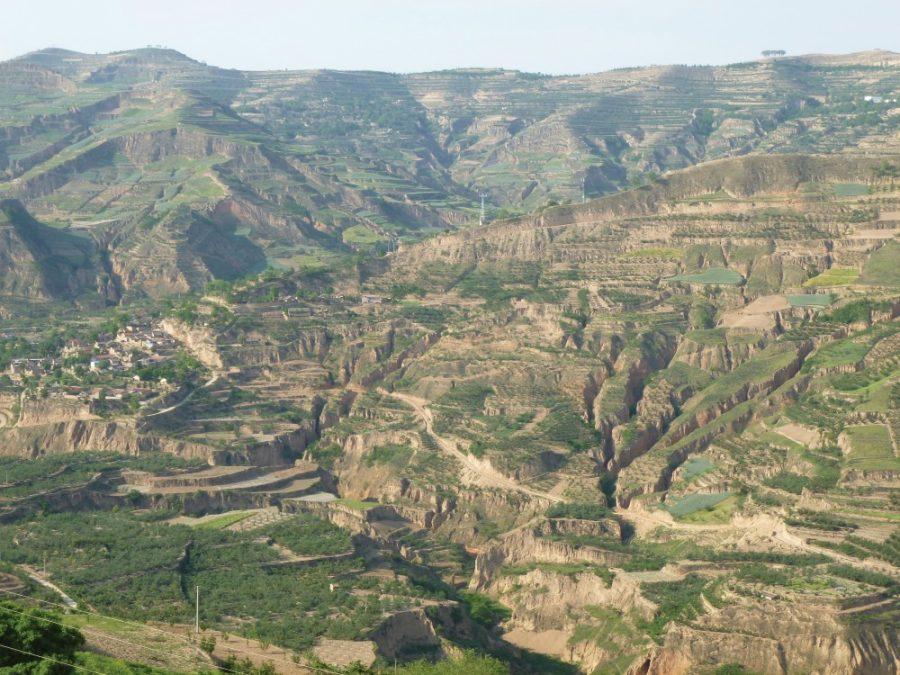China’s Huangtu Plateau has built hype for the research interests of geoscientists by being one of the biggest and most complete dust deposits on Earth.
Paul Kapp, a UA professor of geoscience, and Dr. Alex Pullen, an adjunct professor for the University of Rochester who received his doctorate from the UA in 2010, shared their deep interest in this study by discussing their recent publication in the journal, Geology.
Before visiting the plateau in person, Kapp and his team made observations through the study of satellite images. Kapp said they discovered that the landform is approximately the size of the state of Arizona and formed through the aggregation of dust called loess.
Between 8 million to 2.6 million years ago, dust accumulated from deserts north of the Tibetan Plateau. Over time, dust covered soil and vice versa, which created continuous, alternating layers that formed the Huangtu Plateau, also known as China’s Loess Plateau.
Once the team visited China, they observed that the Huangtu Plateau was not only a sink of dust, but also a source of dust. This theory, if accurate, will change the way people have looked at this landform.
“Dust itself is sculpted and recycled by wind,” he said.
In addition, the scientists found evidence that the steep slope of the plateau had moved, which confirms that the Huangtu Plateau is still migrating and growing with time.
Studying the atmosphere surrounding the Tibetan plateaus interests geoscientists because it enables observation of the effect of surface uplifts on the change in the distribution of precipitation.
Surface uplifts aid in the formation of mountains, and newly built mountains block atmospheric moisture, creating deserts from once very large lakes. These arid areas generate the dust accumulated on the Loess.
“The implications of this evidence showed that we need to be more careful in how we look at climate proxies in the Loess Plateau,” Pullen said.
Loess plateaus have been an interest for other groups of scientists over the past century. There is a large amount of loess associated with European glaciers and midcontinent loess in North America.
However, the Huangtu Plateau brings a lot of attention because, according to Pullen, “People get really excited when talking about dust going into the ocean.”
This is because a zone in the Northern Pacific Ocean in which planktonic organisms photosynthesize is limited by the lack of iron.
“Dust from Central Asia surrounding the loess gives soluble iron to these species, increasing their rates of productivity, and draws down atmospheric carbon dioxide,” Pullen said.
Overall, the reason why dust falls out of suspension in the atmosphere and over the Huangtu Plateau is still not well understood. The phenomenon continues to hold a mystery and provide a reason for geoscientific investigation.
Follow Priyanka Hadvani on Twitter.









